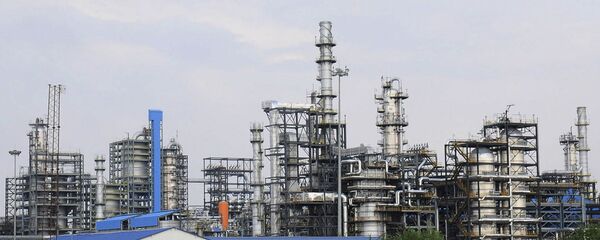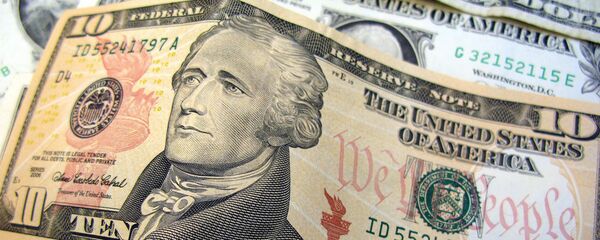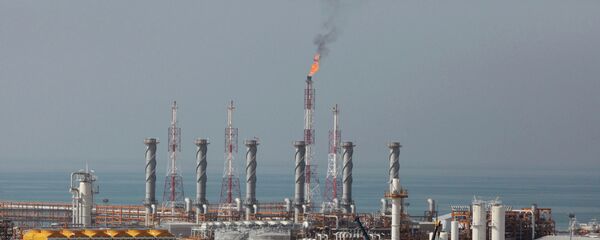In an interview with IRNA, Hami-Reza Moameni, managing director of the Qeshm economic zone, said that among the interested countries were Russia, France, Britain, China and Japan.
"After Iran reached a deal with six international mediators on its nuclear program its economic ties with foreign partners deeply transformed. Iran became a magnet for international business," Vladimir Sazhin, senior research fellow at the Institute for Eastern Studies, at the Russian Academy of Sciences, told Sputnik Persian.
In 2016, Tehran began to compensate losses in trade and economic ties, after years of Western sanctions. The focus was placed on such centers of power as the European Union and China. Last year, Iran managed to significantly increase trade with France, Italy, Britain, Japan, Turkey etc.
In 2016, Iran’s economy received around $12 billion for 113 projects. In the investment field, Iran cooperates with a number of countries, including China, France, the United Arab Emirates, Venezuela, Britain and Russia. In December, the Russian parliament passed a draft bill to ratify a Russia-Iran agreement to promote and secure mutual investments.
"This is still far from the planned $500 billion, and there are several reasons for that. In particular, the Iranian laws do not fully comply with foreign investors’ requirements and interest. Tehran knows that and is currently working to adjust its norms to internationally adopted rules. In addition, not all possible investors see the advantages of placing money in the Iranian economy. They are still prisoners of the stereotypes from the period of sanctions," Sazhin explained.
In turn, Iran is working to improve and promote investing attractiveness of its economy, including in different sectors and regions.
There are seven free economic zones in Iran. According to Moameni, the Qeshm Free Economic Zone outstands in terms of investment attractiveness because it is a rich in oil region with well-developed logistics infrastructure.
Its advantageous geographical location makes Qeshm Island a transfer point in trade between Iran, the Gulf countries and Europe. The Iranian government expects that the Qeshm free zone will become a major economic center, comprising industrial production, information technologies as well as financial and banking institutions.
Never miss a story again — sign up to our Telegram channel and we'll keep you up to speed!







